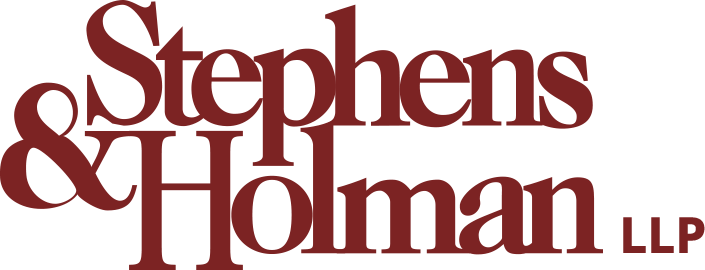As a renter in British Columbia, you may be uncertain what falls under a landlord’s responsibility versus a tenant’s responsibility. Though mandated written tenancy agreements should detail roles for both parties, they can be unclear or confusing. It’s important to know what your and your landlord’s contractual obligations are to maintain safe living conditions. While much of this burden is placed on the landlord, there are some duties that you must fulfill on your end to remain in compliance with your agreement.
Landlord Responsibilities
In general, a landlord must ensure that the property meets acceptable living standards for the entire tenancy duration. This includes:
- Establishing and retaining a satisfactory state of repair that follows all health, safety, housing, and maintenance regulations.
- Continuing utility supplies and services such as electricity, heat, and water, unless the tenancy agreement states that the tenant must secure and pay for these services.
- Allowing the tenant and guests to courteously use and enjoy the property without unreasonable interference.
- Refraining from seizing a tenant’s property as collateral for rent default or another deviation from the tenancy agreement unless deemed acceptable through legal channels.
- Abstaining from negative behaviors such as harassment, obstruction, coercion, or threats.
Tenant Responsibilities
Tenants also have a set of obligations they must meet to fulfill their end of the tenancy agreement, such as:
- Paying the agreed rent on time.
- Behaving accordingly, maintaining a clean, sanitary premise, and repairing willful or negligent damages that occurred through the actions of the tenant or a guest that the tenant allowed onto the property.
- Maintaining a civil relationship with the landlord without any harassment, obstruction, coercion, or threats.
- Get in contact with the landlord as soon as reasonably possible should a serious issue with repairs or services arise.
- Allow the landlord entry (with appropriate notice) to conduct repairs or to show the property to another prospective tenant or a property buyer.
A sample residential tenancy agreement can be viewed here.
Landlord Liability
As mentioned, landlords bear the responsibility of keeping up with necessary repairs and maintenance. From major leaks and structural damage (that was not the result of willful or negligent action) to heating or electrical system defects and beyond, your landlord must complete these repairs with all due diligence once they have been made aware.
Even though these mandates are expected to be followed, some landlords may not take swift action or fail to fulfill necessary repairs at all. These inactions create dangerous premises that could lead to a number of severe or even life-threatening injuries. If you sustained an injury as a tenant, your landlord may be liable for not only the injury, but also for any related ailments that occurred as a result of your injury.
When to File Personal Injury Claims Against Landlords
After an injury, you need support that you can count on. It’s critical to contact a trusted personal injury lawyer as soon as you can following your injury so that you don’t lose out on any compensation that you may be entitled to. Every province and territory has its own set of landlord and tenant legislation. The team at Stephens & Holman can help you determine if you have a case for compensation. Contact our office today to schedule your free consultation.
